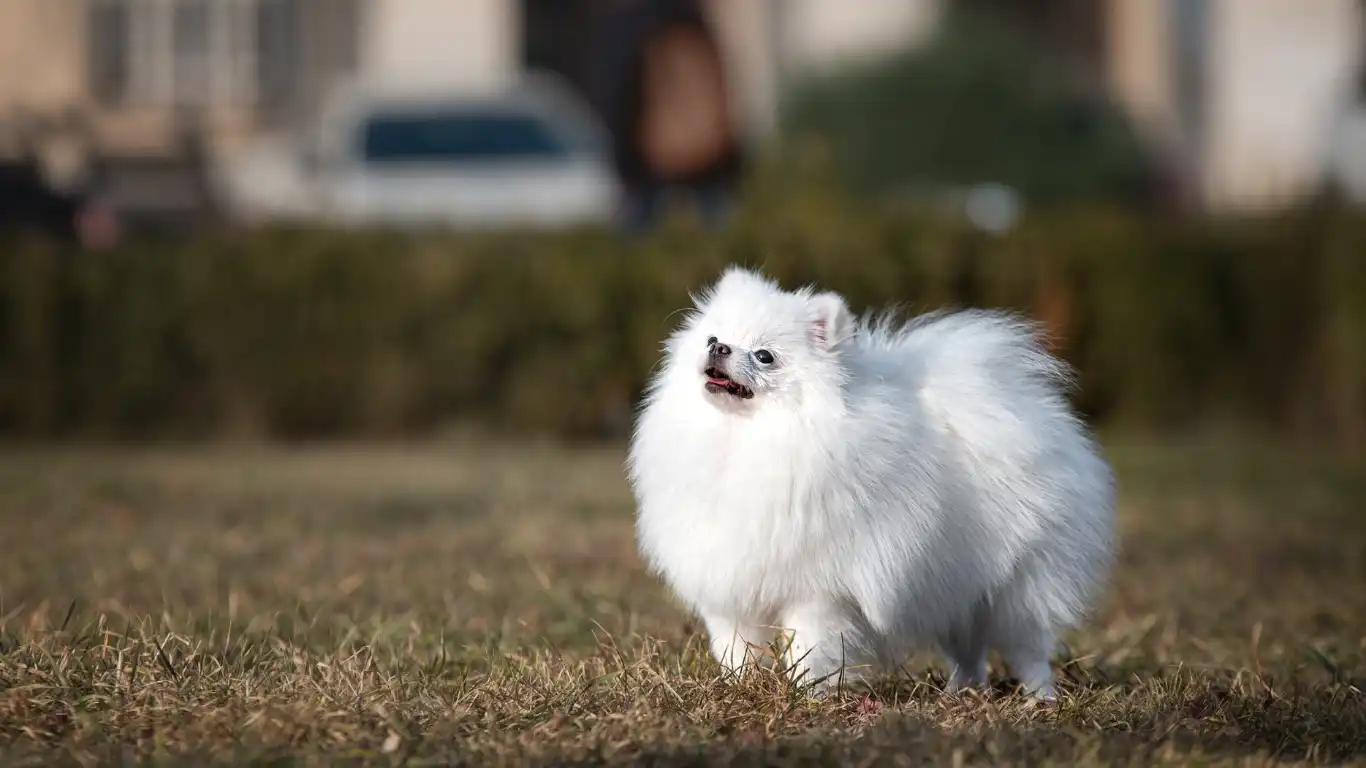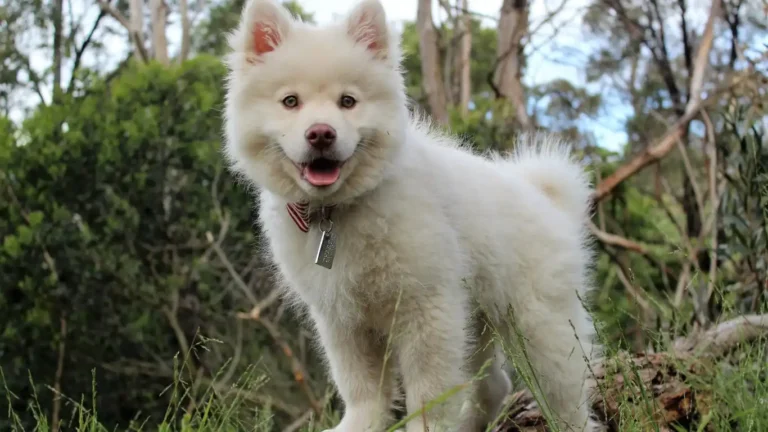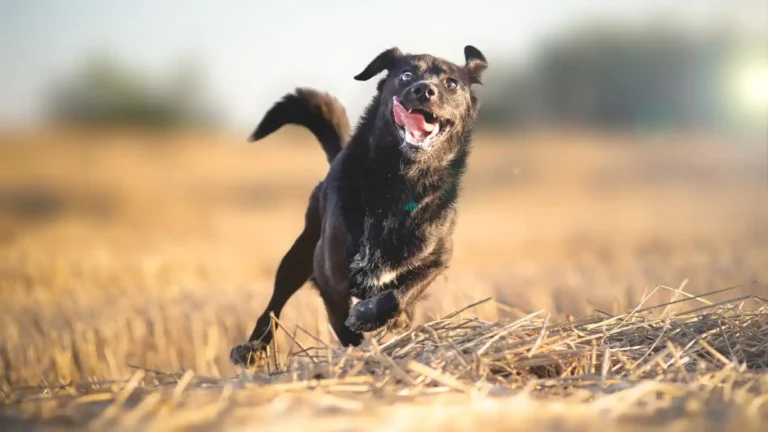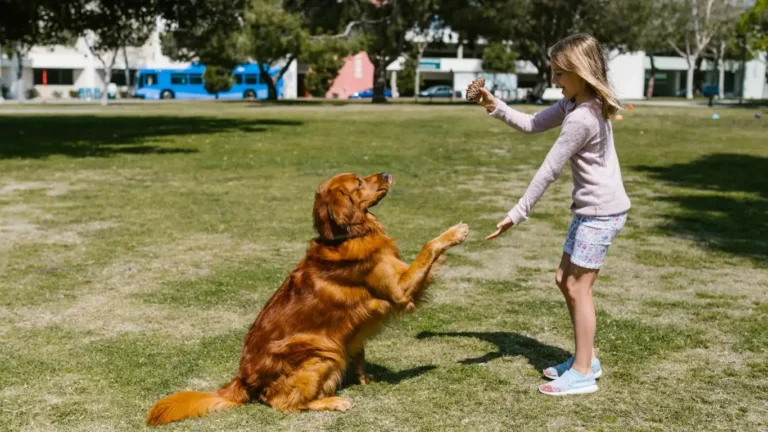How to Prevent Boredom in Dogs During Winter: Expert Tips That Work
Winter might bring cozy vibes for us humans, but let’s be real—our dogs? They can get seriously stir-crazy when the temperature drops. As a vet tech who’s specialized in pet nutrition and behavior for years, I’ve seen firsthand just how important it is to know how to prevent boredom in dogs during winter. When pups are cooped up inside, that pent-up energy has to go somewhere—and if we’re not proactive, it usually goes into chewing your new slippers or digging at the carpet. Yep, I’ve had clients call in a panic more than once because their couch was “attacked” during a snowstorm.
Why Winter Boredom Is a Real Issue for Dogs

It’s easy to underestimate just how much daily mental and physical stimulation dogs actually need. During the warmer months, we’re outside more, and our dogs benefit from longer walks, park visits, and more interaction in general. But in winter? Not so much. Shorter daylight hours, freezing sidewalks, and icy conditions mean we’re all less active—and our pups suffer for it.
Boredom in dogs isn’t just a minor inconvenience. It can lead to destructive behaviors, anxiety, weight gain, and even signs of depression. I had a golden retriever patient once who would start pacing and whining every afternoon in December like clockwork—he was just that bored. Once we introduced a few enrichment activities, it made a world of difference.
Understanding the Signs of Winter Boredom
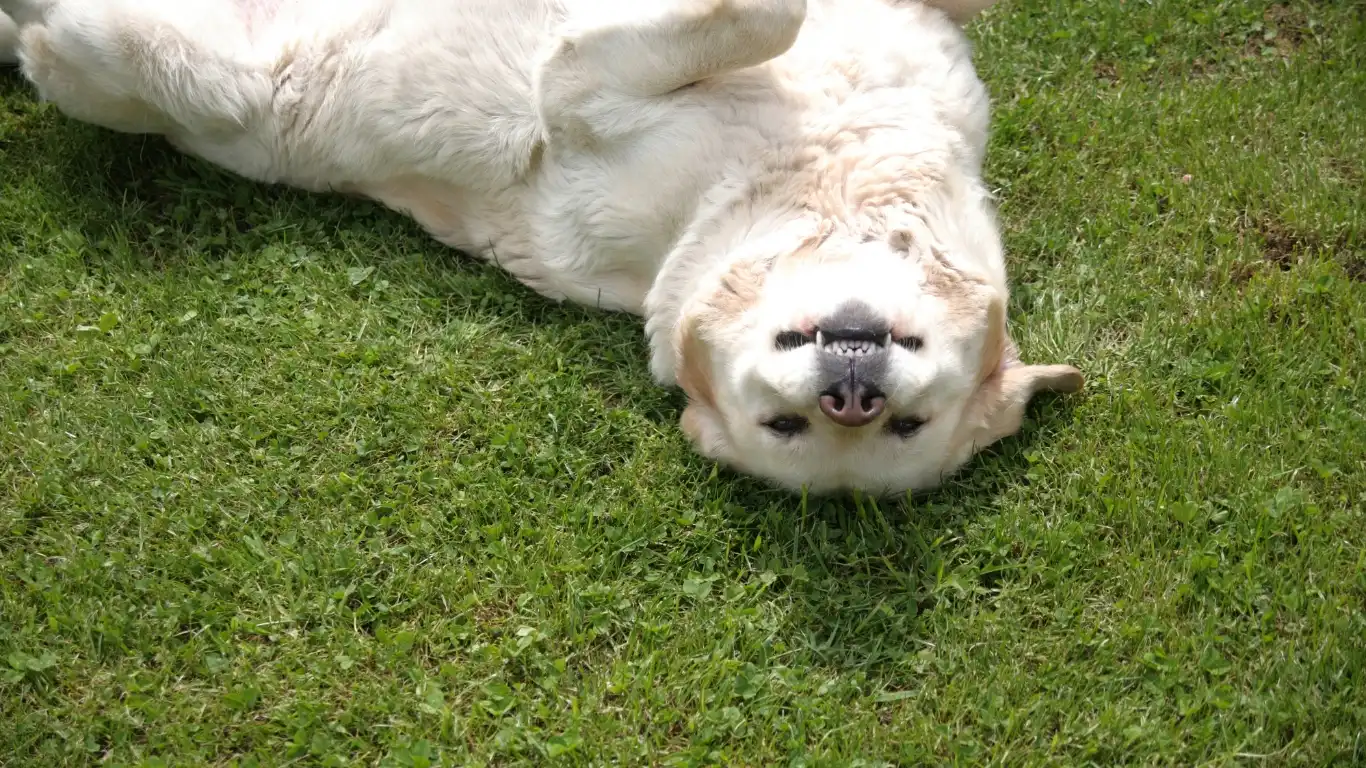
Some telltale signs your dog is feeling the winter blues:
- Chewing or destroying household items (yes, even the remote)
- Excessive barking or whining, especially when you’re not paying attention
- Following you around the house like a shadow
- Pacing or seeming restless
- Overeating or loss of appetite (it can go either way)
- Sleeping way more than usual out of boredom—not just laziness
Every dog’s different, but if your pup is showing any of these, it’s a sign they need more mental stimulation. And trust me, this doesn’t mean running marathons in the snow. There are a ton of low-effort but high-reward ways to engage your dog indoors.
How to Prevent Boredom in Dogs During Winter
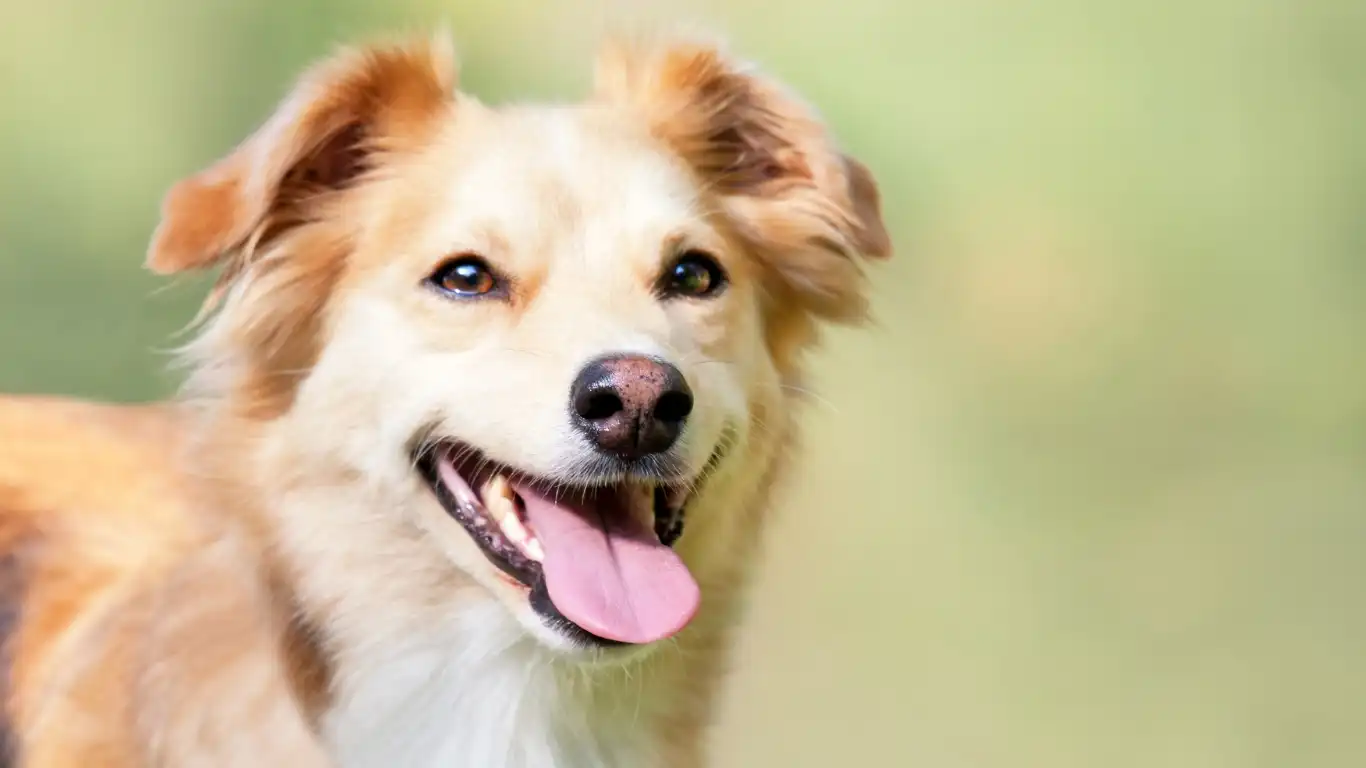
1. Rotate Toys Regularly
Even the most exciting squeaky toy loses its appeal after the 100th time. One trick I often recommend to pet parents is to keep a toy rotation bin. Keep most of the toys out of sight and only leave a couple out at a time. Then, every few days, switch them out. Dogs get that “new toy” excitement without you having to constantly buy more. Genius, right?
2. Use Puzzle Feeders and Food Toys
This is where my nutrition background really kicks in. Feeding time is the perfect opportunity to engage your dog’s brain. Ditch the bowl and use interactive puzzle feeders or stuffed KONGs. Not only does this make them work for their meal, but it also slows down eating and prevents bloating—especially in bigger breeds. I like stuffing KONGs with a mix of wet food and kibble, freezing them, and handing them over as a boredom-buster challenge.
3. Try Indoor Scent Games
Dogs experience the world through their nose. You can tap into this natural instinct with simple scent-based games. One of my go-tos? Hide a few treats around the living room and let your pup sniff them out. Start easy, then make it harder each time. This mimics natural foraging behavior and totally tires them out mentally.
4. Teach a New Trick or Cue
Winter is prime time to brush up on training. Learning new things keeps your dog’s mind active and helps reinforce your bond. Think beyond “sit” and “stay”—teach your dog to put away their toys, spin in a circle, or even do a “high five.” Keep sessions short, fun, and reward-heavy. Training isn’t just obedience—it’s enrichment.
And hey, even if you’re dealing with an older dog, it’s never too late. I’ve worked with senior dogs who light up when they’re challenged mentally. Don’t underestimate the power of a little stimulation and a lot of liver treats.
5. Create an Indoor Obstacle Course
This one’s a hit, especially with high-energy breeds. You don’t need fancy agility gear—just use what you’ve got at home. Think couch cushions to jump over, chairs to weave through, and a blanket tunnel for crawling. I once made an entire “canine ninja course” out of laundry baskets and yoga mats, and my border collie patient LOVED it. His mom told me he was snoozing like a log afterward—and that’s always the goal, right?
6. Schedule Playdates (Indoors!)
If your dog gets along well with others, arrange some indoor hangouts. I know not everyone has access to a doggy daycare or indoor park, but even inviting a neighbor’s dog over for a living room romp can do wonders. Social interaction is huge for mental health—just like it is for us. I’ve seen dogs come out of their winter funk just from a weekly visit with a buddy.
Keeping Dogs Mentally Stimulated When It’s Too Cold to Walk
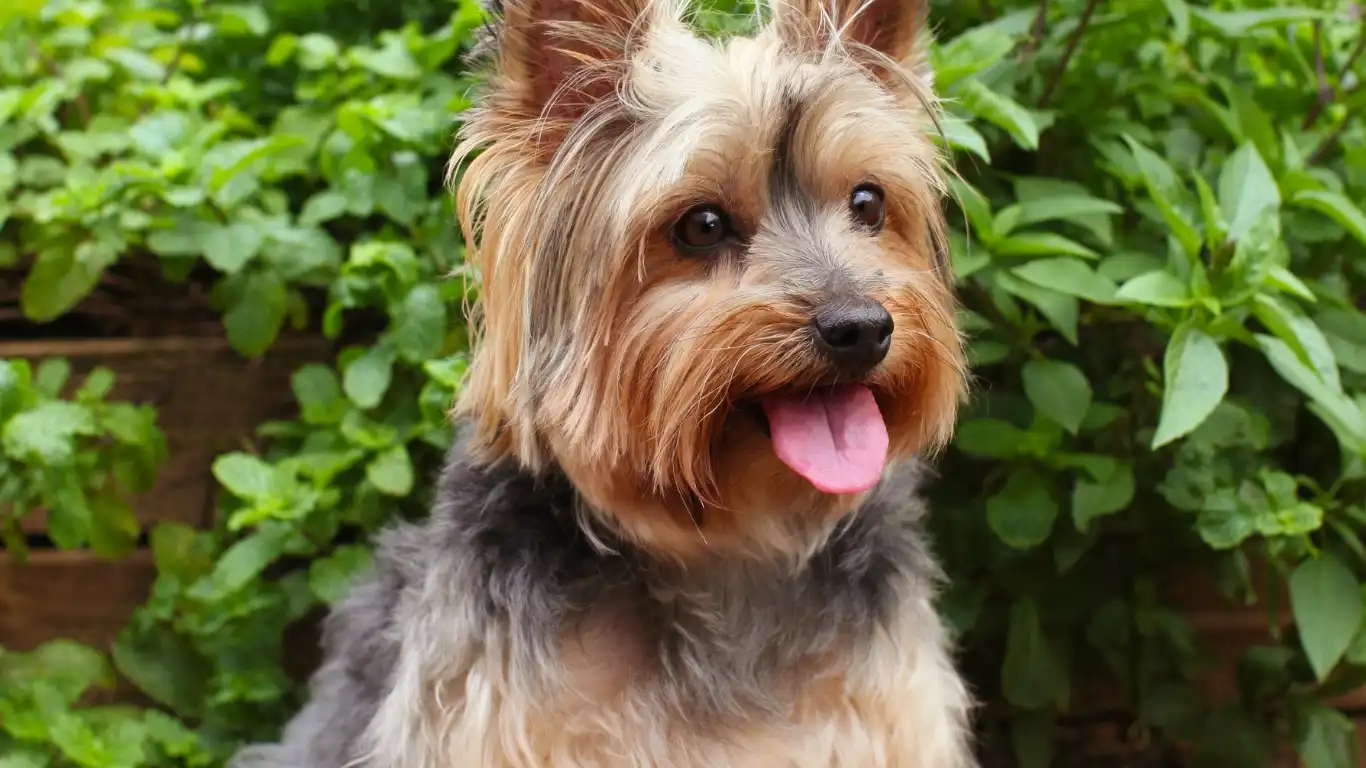
When the snow’s piled up and the sidewalks are slippery, it’s totally okay to skip the long walks. But that doesn’t mean giving up on physical and mental exercise. Here’s what’s worked best for many of my clients (and my own pups too):
Use Your Stairs
Got stairs? Use ’em! A few rounds of fetch up and down the stairs can tire your dog out faster than a long walk. Of course, skip this if your pup has joint issues, but for the young and spry, it’s an easy energy burner. Just be mindful of slippery steps—I always recommend a few yoga mats or carpet runners to keep things safe.
Incorporate Enrichment into Mealtime
Feeding isn’t just about calories—it’s an opportunity. Whether it’s using a snuffle mat, a treat-dispensing ball, or even hiding kibble around the house, turning meals into a game can help prevent boredom. When I worked at a clinic that focused on behavior therapy, we saw huge improvements just by making small changes to the way food was delivered. It’s low-effort, high-reward.
Dog-Friendly TV and Music
Okay, I know this sounds a little extra, but hear me out—there’s legit science behind it. Certain sounds and visuals can soothe or stimulate your dog, depending on what they need. I’ve had success with DogTV and even Spotify playlists made for dogs. It’s not going to replace interaction, but it can definitely help on long, dreary days. One older lab I cared for would visibly perk up every time his “jazzy saxophone” playlist came on. Go figure.
Safe Chew Options to Beat Winter Boredom
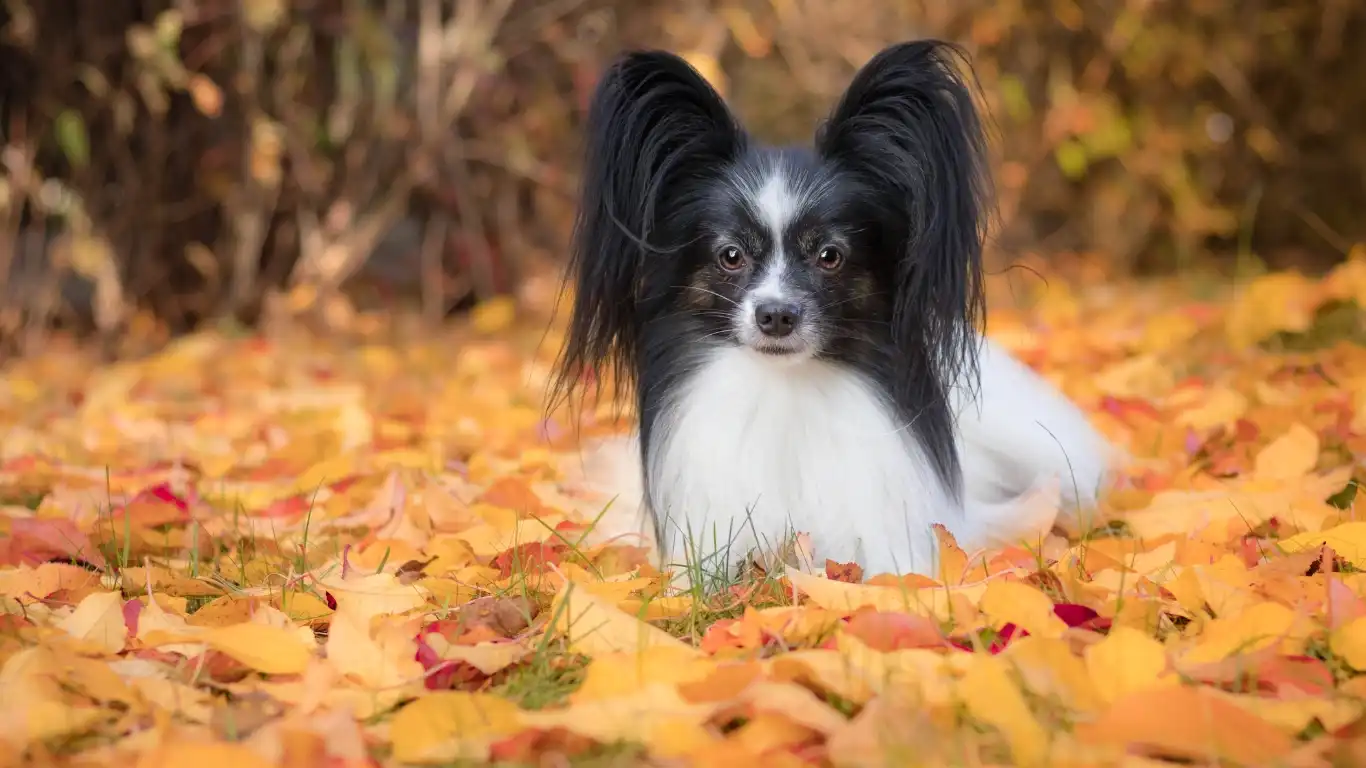
Why Chewing Matters
Chewing is more than just something to do—it’s instinctive and stress-relieving. During the winter, when dogs might feel more anxious or under-stimulated, chewing helps them decompress. But not all chews are created equal. As someone who’s worked closely with veterinary dental care, I always steer clients toward safe, vet-approved options.
Best Chew Toys for Cold Weather Months
- Rubber chew toys: Think KONGs and West Paw designs—durable, fillable, and dishwasher-safe.
- Rawhide alternatives: Look for collagen chews, yak milk chews, or dried sweet potato options (easier on tummies).
- Frozen treats: A favorite trick of mine is freezing bone broth with a few bits of chicken in a silicone mold. Instant chewable enrichment.
Always supervise your dog with new chews and adjust based on their chewing style. Heavy chewers? You’ll need something tougher. And steer clear of cooked bones—trust me, I’ve seen more than one emergency vet visit thanks to those.
Interactive Apps and Smart Toys

We live in a techy world, so why not let your dog benefit too? There are some pretty cool interactive toys and apps out there now designed specifically for mental stimulation. Some of my favorite recommendations include:
- Treat-dispensing cameras: Great for dogs with separation anxiety. You can check in, talk to them, and drop treats.
- Smart puzzle feeders: These change up the challenge each time, so your dog doesn’t just memorize a routine.
- Training apps: Yup, there are even apps that give daily trick suggestions or training games. One client of mine uses one religiously with her Aussie mix—it’s their daily bonding ritual.
While not every dog is into techy toys, those that are tend to get super engaged. Just be sure the toys are made of non-toxic, durable materials—and always start slow to avoid frustration.
Balancing Physical and Mental Stimulation in Cold Months

Here’s the thing: keeping your dog happy and healthy during winter doesn’t mean exhausting yourself or turning your house into a jungle gym. It’s all about balance. I always tell clients to aim for a combination of physical movement and brain work throughout the day. That could be a mix of tug-of-war sessions, puzzle feeders, and maybe a quick obedience refresher before dinner.
One of my favorite routines during winter with my own dogs is what I call the “15-minute enrichment mix.” It’s quick, effective, and super doable even on your busiest days:
- 5 minutes of basic training (sit, stay, touch, or a new trick)
- 5 minutes of scent work (find the treat game or snuffle mat)
- 5 minutes of active play (tug, fetch down a hallway, or stair sprints)
That’s it—15 minutes, and your dog’s day is already more fulfilled. Most dogs don’t need hours of activity; they just need quality engagement that taps into their instincts and energies.
Nutrition’s Role in Winter Boredom & Behavior
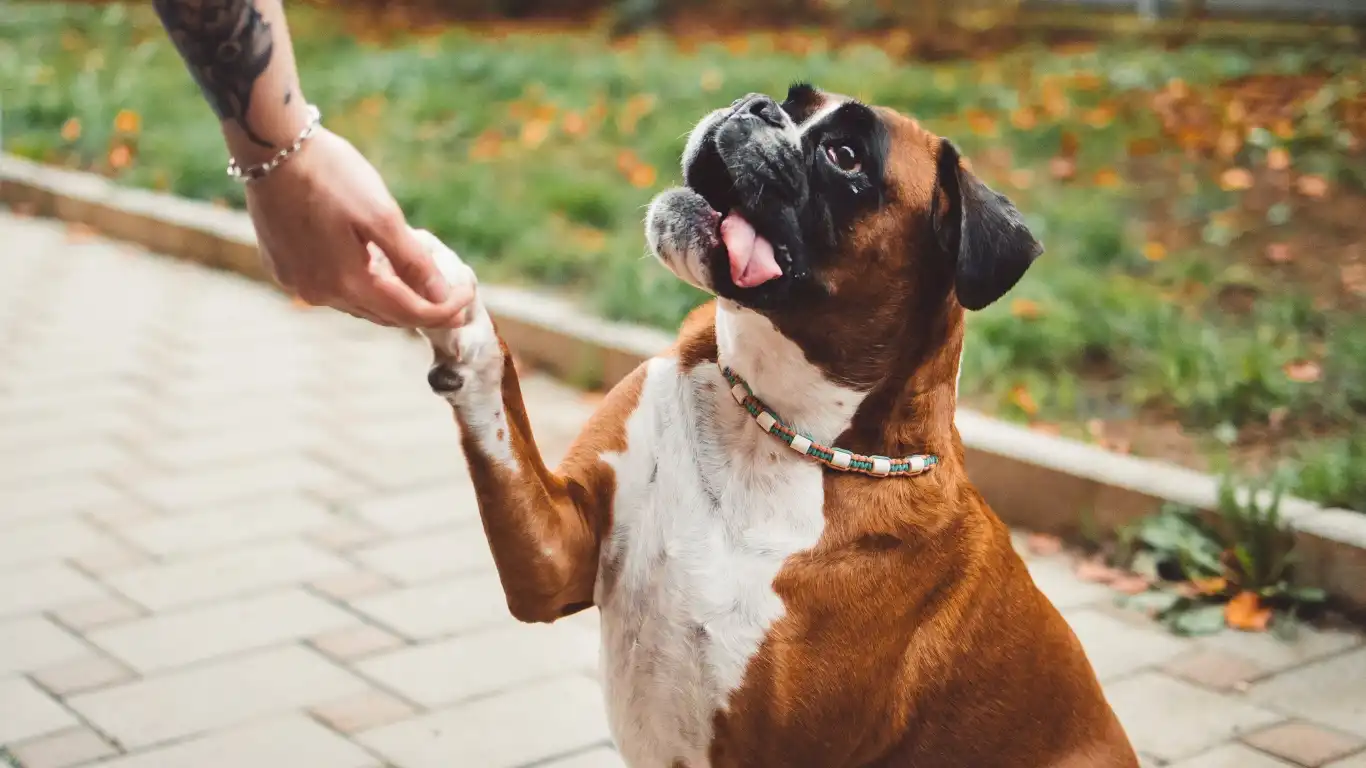
Okay, now here’s where my background in nutrition really shines through. A lot of pet parents overlook how much a dog’s diet can impact their energy levels, mood, and behavior—especially during winter months when activity levels change. If a dog is suddenly less active but still eating the same high-calorie diet, they can pack on weight fast. That added weight? It just makes them even less motivated to move. It’s a cycle.
Tips for Managing Winter Nutrition:
- Adjust portions: If your dog is getting less physical exercise, it’s often a good idea to slightly reduce their meal size—or consult your vet for tailored advice.
- Boost mental fuel: Incorporate foods that support cognitive health, like omega-3 fatty acids (found in fish oil). These can help keep your pup’s brain sharp and engaged.
- Watch the treats: Winter boredom often leads to more “guilt treats.” Try using low-calorie training treats or healthy alternatives like small carrot slices or blueberries.
One time I helped a client switch from a high-fat winter kibble blend to a lighter formula with added L-carnitine for her senior boxer, and the difference was night and day. He was more active indoors, less sluggish, and much more into playing again. Nutrition isn’t just about weight—it’s about overall well-being.
Creating a Cozy, Stimulating Environment
We focus a lot on physical activities and training, but let’s not forget how much environment matters. Dogs, like us, can thrive in spaces that are calming yet mentally engaging. Here are a few ideas I’ve seen work well over the years:
Enrich the View
Set up a cozy perch near a window so your dog can watch the snow and passersby. Bonus points if you sprinkle some birdseed outside to attract birds—live dog TV! I’ve known pups who will sit for an hour just watching squirrels out the window.
Rotate Scents and Sounds
Just like we enjoy a candle or essential oil diffuser, dogs enjoy olfactory variety too. Try rotating dog-safe scents like lavender or chamomile using a diffuser (always dilute and keep it out of reach). Calming background music or nature sounds can also soothe anxious dogs during storms or windy nights.
Designate a “Dog Zen Zone”
This is something I always recommend for anxious or high-energy dogs. Set up a small area with their bed, favorite toys, maybe a calming pheromone diffuser, and let them decompress. It’s kind of like a doggie meditation corner—especially helpful during long stretches of indoor time.
Final Thoughts on How to Prevent Boredom in Dogs During Winter
Winter doesn’t have to be boring for your dog—or stressful for you. With a little creativity and intentional planning, you can turn the cold months into an enriching, bonding time. I’ve watched countless families find joy in simple things like indoor games, food puzzles, or learning new tricks together. It doesn’t take much—just a little effort, consistency, and love.
And remember, every dog is different. Some thrive on problem-solving games, others need physical activity to burn off steam. The key is tuning into your dog’s personality and being flexible. Just like us, dogs have good days and restless ones. Be patient, experiment, and keep it fun.
References
Disclaimer
This article is intended for informational purposes only and is based on my experience as a veterinary technician and pet nutrition specialist. It should not be used as a substitute for professional veterinary advice, diagnosis, or treatment. Always consult your veterinarian before making changes to your dog’s routine, especially if they have health concerns or behavioral issues.
